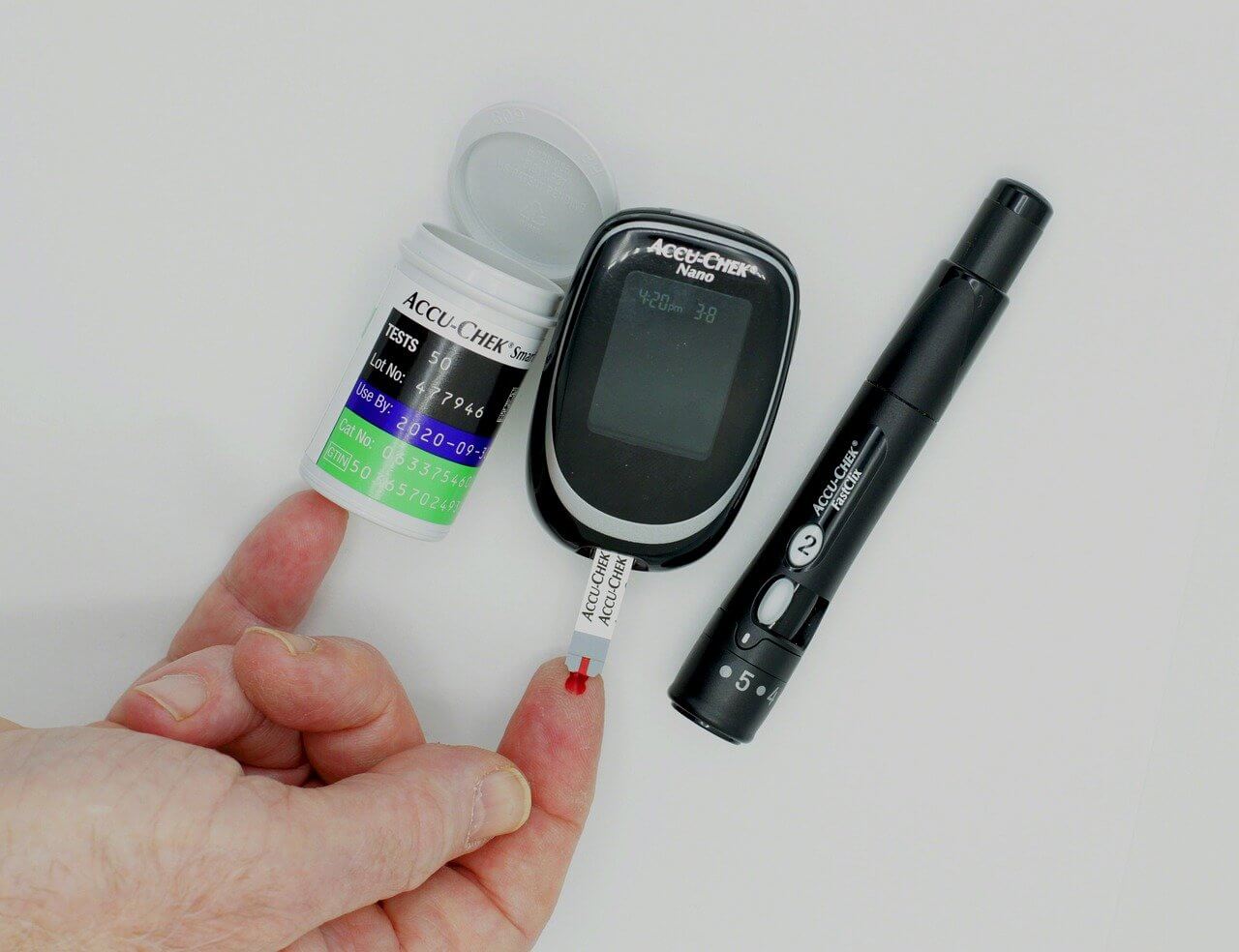
Table Of Contents
ToggleUnderstanding Tresiba Dosage
Tresiba vs. Other Insulin Types
- Short-acting insulin: This type starts working quickly (within 30 minutes) and peaks within 1-3 hours. It’s typically used to manage blood sugar spikes after meals
- Rapid-acting insulin: Similar to short-acting, it works very quickly (within 15 minutes) and peaks within 1 hour. It’s often used before meals or to correct high blood sugar levels
Factors Influencing Tresiba Dosage
- Type and severity of diabetes:
- Type 1 diabetes: The body doesn’t produce insulin, so higher Tresiba dosages might be needed to compensate.
- Type 2 diabetes: The body may still produce some insulin, so lower Tresiba dosages might be sufficient initially. However, needs can change over time.
- Body weight: Generally, people with higher body weight might require a higher Tresiba dosage to manage blood sugar effectively
- Blood sugar goals (HbA1c): This test measures average blood sugar control over the past 2-3 months. Your doctor will set specific HbA1c goals, and Tresiba dosage adjustments might be needed to achieve them
- Past insulin use and response: If you’ve used insulin before, your doctor will consider your response to those insulins when determining your Tresiba starting dose
- Other medications and lifestyle factors: Certain medications can affect blood sugar levels. Additionally, factors like diet and exercise can influence insulin needs. Your doctor will consider these aspects when determining your Tresiba dosage
Blood Sugar Monitoring and Tresiba Dosage
Regular blood sugar monitoring is essential for assessing how effectively Tresiba is working for you. By tracking your blood sugar levels, you provide valuable data to your doctor for optimizing your insulin dosage.
Monitoring Frequency
The frequency of blood sugar monitoring will vary depending on your individual circumstances and your doctor’s recommendations. Factors like your type of diabetes, HbA1c goals, and insulin regimen can influence your Tresiba dose calculator.
The American Diabetes Association offers general guidelines for blood sugar monitoring, but it’s crucial to follow your doctor’s specific instructions for your situation.
Blood Sugar Readings and Dosage Adjustments
Blood sugar readings play a vital role in adjusting your Tresiba dosage. Here’s how:
- High Blood Sugar Readings:
- If your blood sugar readings are consistently higher than your target goals, it might indicate that your current Tresiba dose isn’t sufficient to manage your blood sugar effectively
- In this case, your doctor might recommend increasing your Tresiba dosage to achieve better blood sugar control
- Low Blood Sugar Readings (Hypoglycemia):
- Experiencing frequent episodes of low blood sugar (hypoglycemia) could be a sign that your Tresiba dosage is too high
- Symptoms of hypoglycemia include sweating, shaking, dizziness, and hunger. If you experience these symptoms, it’s crucial to check your blood sugar immediately and follow your doctor’s instructions for managing hypoglycemia
- Based on your blood sugar readings and hypoglycemic episodes, your doctor might recommend lowering your Tresiba dosage to prevent future occurrences
Safety Considerations with Tresiba Dosage

Never Adjust Your Tresiba Dosage Without Consulting Your Doctor
It’s critically important to avoid self-adjusting your Tresiba dosage without consulting your doctor. While blood sugar monitoring empowers you with valuable information, interpreting those readings and making dosage changes requires professional guidance.
Risks of Incorrect Tresiba Dosage:
Taking an incorrect Tresiba dosage can lead to serious health risks:
- High Blood Sugar (Hyperglycemia): Chronically high blood sugar levels can lead to long-term complications like nerve damage, eye problems, and kidney disease. The American Diabetes Association explains these complications in detail
- Low Blood Sugar (Hypoglycemia): Taking too much Tresiba can cause severe hypoglycemia, a medical emergency where blood sugar levels drop dangerously low. Symptoms include sweating, shaking, dizziness, and confusion. In extreme cases, hypoglycemia can lead to seizures or coma
Regular Doctor Visits and Following Guidance
To ensure your safety and maintain optimal blood sugar control, prioritize regular doctor visits. Don’t just keep on thinking, “is 20 units of Tresiba a lot?” A doctor will have better input to provide. During these appointments, discuss your blood sugar readings, any concerns you have, and follow your doctor’s specific guidance on Tresiba dosage adjustments. Remember, your doctor has the expertise to personalize your insulin regimen for your individual needs.
Check which Tresiba products we have listed on our site, plus some FAQS!
Share:












